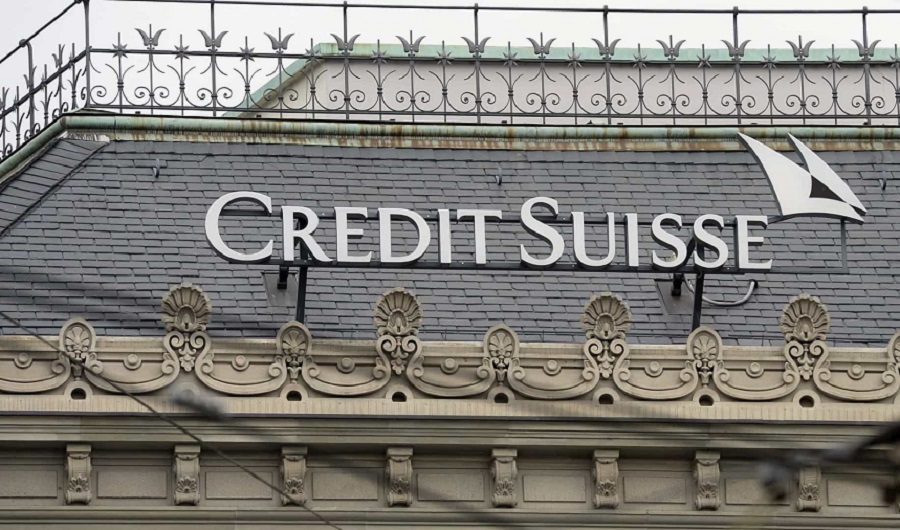RIO DE JANEIRO, BRAZIL – The bank also raised its projection for the IPCA (Extended National Consumer Price Index) this year from 8.7% to 9.1%, and in 2022 from 5.2% to 5.5%.
“Higher inflation this year is the result of a more depreciated exchange rate, higher international fuel prices and larger increases in energy prices. For next year, our revision was due to the greater impact of inertia and a more depreciated exchange rate,” economists say.

In turn, the worsening fundamentals are compatible with higher neutral interest rates and higher inflation projections, which should demand a more assertive policy from the monetary authority to anchor IPCA expectations and bring inflation back to the target in 2023, the economists point out.
“We had been arguing that the 100 basis point [1 percentage point] pace of tightening and the ‘whatever it takes’ stance was the right course of action to bring inflation expectations closer to the target in 2022. However, the latest announcement that the government will request a waiver to breach the spending cap or permanently change the fiscal rule to find room to increase social benefits under the new ‘Auxílio Brasil’ (Brazil Aid) program has changed our outlook,” Srour and Vilela say.
“Although the final decision is still to be made, in our opinion, both solutions represent a change in the Brazilian fiscal framework and a worsening of fundamentals,” they add.
Now, they expect two SELIC hikes of 1.2 percentage points each this year, followed by two more hikes next year, the first of 1 p.p. and the second of 0.75 p.p. Consequently, the basic interest rate should close 2021 at 8.75% a year, reaching 10.5% at the end of the hike cycle and then remain at this level throughout 2022.
“The risks of a higher terminal interest rate are upward, as real neutral rates are likely to rise from the current level of around 3%. This neutral rate floor will depend on the design of the new fiscal framework and the credibility of economic agents regarding compliance with the new rules.”

